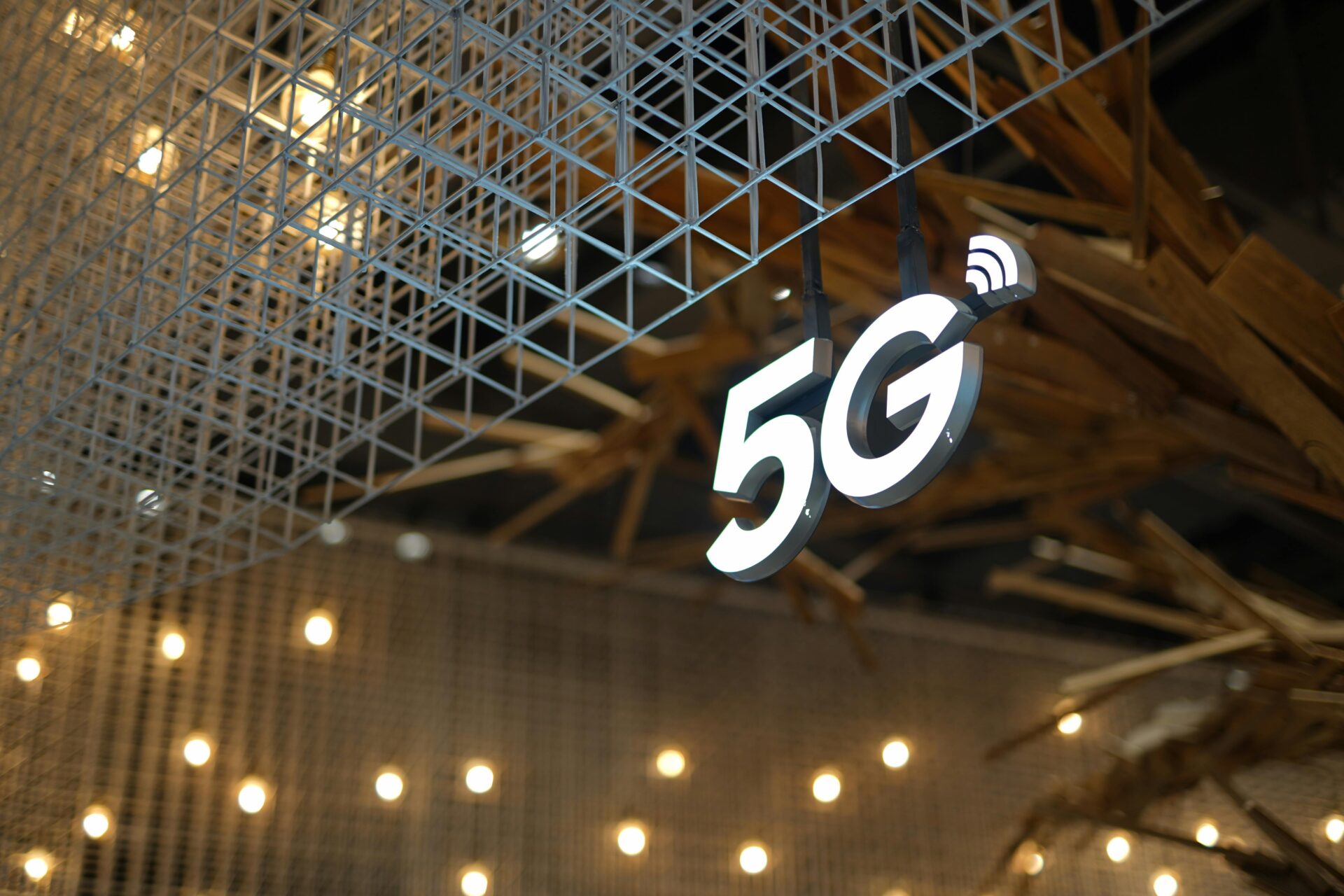
By end-2029, Southeast Asia and Oceania are projected to have as many as 560 million 5G subscribers, shooting up from an estimated 61 million in 2023, according to an Ericsson report released last week.
In some markets, such as Australia, Singapore, Thailand and Malaysia, 5G already made up more than 20 per cent of the total mobile subscriber base last year. By 2029, the entire region will have 43 per cent of subscriptions on 5G, predicted Ericsson.
The network equipment vendor attributes the growth to more affordable 5G devices, promotional plans, discounts and large data bundles from service providers.
Although 5G coverage is expanding, only around 25 per cent of all locations worldwide—aside from mainland China—have 5G mid-band installed. The mid-band spectrum of 5G offers a balance between capacity and coverage.
It is anticipated that as 5G develops, service providers will concentrate on creating differentiated connection options.
“Service providers in the advanced 5G markets of Australia and Singapore continue to focus on innovations in speed, coverage and differentiated services,” said Daniel Ode, head of Ericsson Singapore, Philippines and Brunei.
“High-performing programmable networks, utilising 5G standalone (SA) architecture, provide new opportunities for service innovation and performance-based business models,” he added.
Data traffic is also expected to grow from 17GB per month in 2023 to 42 GB per month by 2029 per smartphone user in Southeast Asia.
Global 5G population to double
The global 5G population will be about 5.6 billion by end-2029. Coverage outside mainland China is expected to double from 40 per cent in 2023 to 80 per cent in 2029.
There are now 300 communications service providers (CSPs) offering 5G services worldwide, of which 50 have introduced 5G SA.
By the end of 2029, 5G is predicted to have grown in all regions and make up 60 per cent of all mobile subscriptions.
In the first three months of 2024, there were almost 160 million new 5G subscribers added worldwide, increasing the total to over 1.7 billion. In all, it is anticipated that 600 million additional subscribers would be added by 2024.
Between March 2023 and March 2024, mobile network data traffic grew by 25 per cent. This is mainly driven by subscriber migration to later-generation and data-intensive applications like video.
Mobile data traffic is expected to grow at a compound annual growth rate (CAGR) of about 20 per cent through the end of 2029. By the end of 2023, a quarter of all mobile network data was handled by 5G. This is forecast to grow to about 75 per cent by end-2029.
“Enhanced mobile broadband and fixed wireless access are the leading use cases, with signs that 5G capabilities are influencing service providers’ fixed wireless access offerings,” said Fredrik Jejdling, executive vice president and head of Networks at Ericsson.
Fixed wireless access continues to gain traction as a 5G use case for CSPs worldwide, according to Ericsson. In the past year, there has been a sharp increase in the number of CSPs offering the service. FWA currently ranks second to enhanced mobile broadband as a 5G use case.
5G mid-band population coverage outside of mainland China has reached 35 per cent. North America and India have made rapid deployments, achieving mid-band coverage of 85 and 90 per cent, respectively.
In terms of user experience, data from a “leading service provider” shows that 97 per cent of user activities on 5G mid-band achieved a time-to-content of less than 1.5 seconds. This compares to 67 per cent on 5G low-band and 38 per cent on 4G (all bands).






